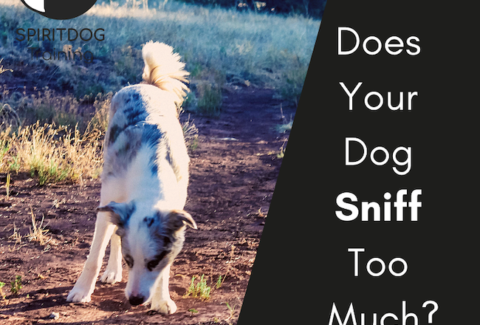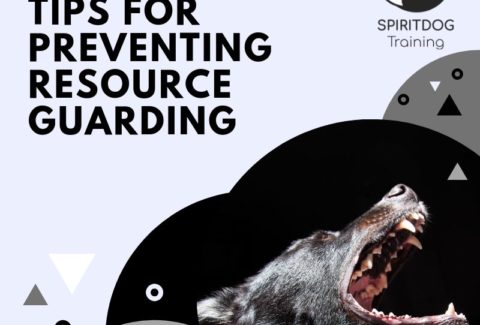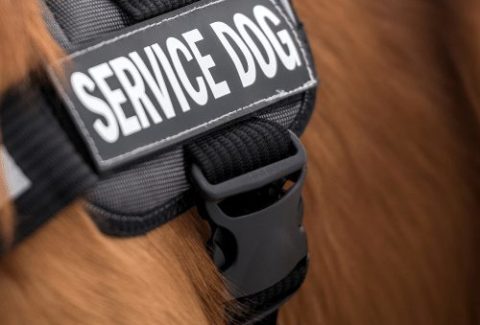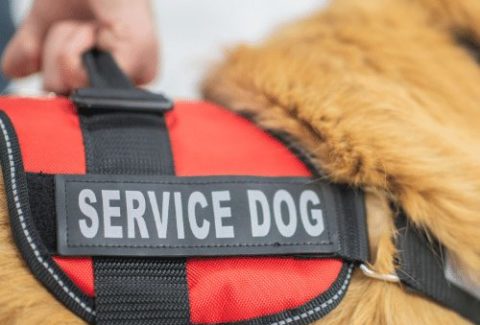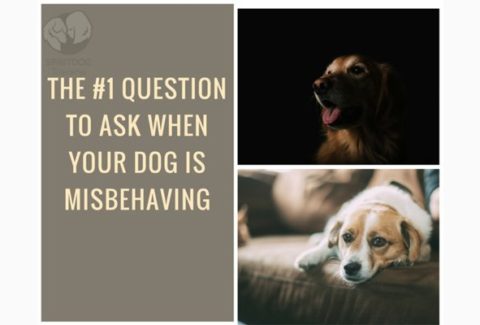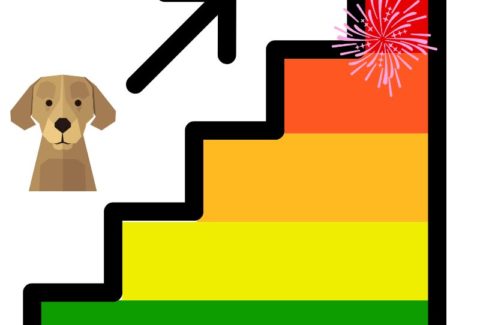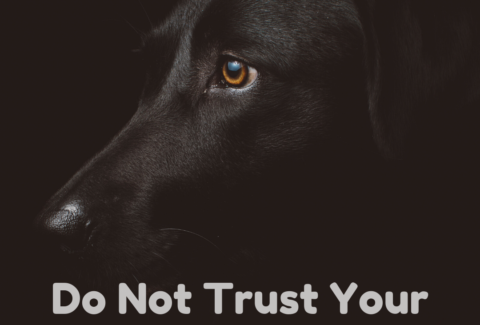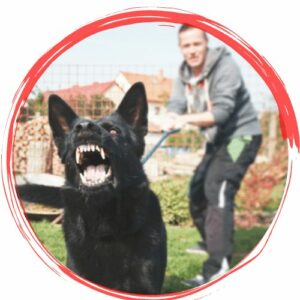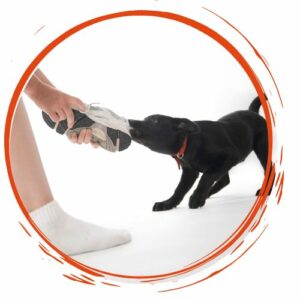“Marking” Wrong Behaviors
May 7, 2021 2021-06-14 11:24“Marking” Wrong Behaviors
“Marking” Wrong Behaviors
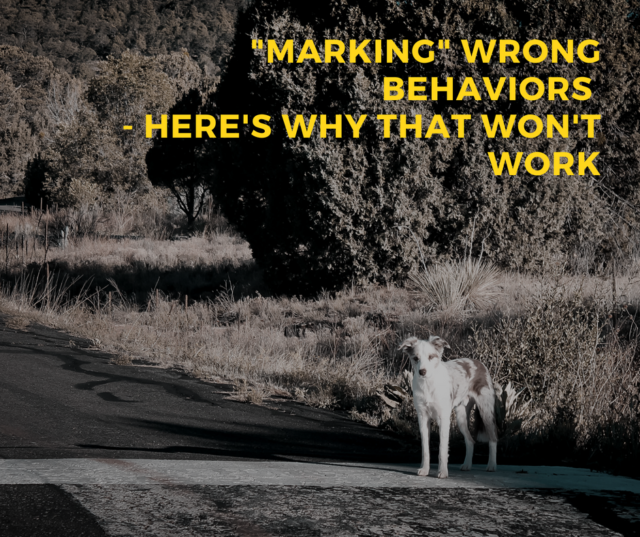
There is a common recommendation that if your dog does something wrong in a run at an agility trial, you should “mark it” and continue. This probably most commonly gets applied to dogs that don’t stop at contact zones they way they were taught. The idea is that by marking it by eg saying “ah-ah” and continuing the dog will understand he did something wrong and not do it again.
If this works, that’s great. However, it usually does not seem to work. Why does “marking” a wrong behavior (a similar example would be to say “ah-ah” when the dog pulls on leash during a walk) not yield the results we hope for?
Let’s take a step back and discuss what exactly a marker is.
An event marker is used in dog training as a bridging stimulus – it bridges between an event and its consequence. A clicker for example is a marker: We click the exact moment a desired behavior happens and then deliver a treat. This makes learning faster and enables us to focus on what the dog is doing, rather than absolute precise treat delivery.
With this definition we can see that if a dog is told “ah-ah” when he jumps his contact zone in agility or pulls on leash, this is not actually a marker. We have no intention of bridging this to anything – no one (I hope) will take their dog out of the ring and punish him after using the “ah-ah”. There is no (negative) consequence to the bridging stimulus, therefore it is not the marker we intend.
One could argue that for a small, not very driven amount of dogs it is off-putting enough to hear “ah-ah” that they will not do the behavior that produced it again (whether that is pulling on leash or jumping contact zones). If you have a dog that is that sensitive, I would highly suggest to not use “ah-ah” and rather focus on making him more confident and drivey.
What however does happen after the dog hears its marker? He gets to continue on with the behavior chain he was doing. It is reinforcing to go from one behavior to the next in a behavior chain. As long as the behavior chain is not interrupted it is assumed that everything has been done right.
You can visualize that is you imagine driving your car on the highway and a cop drives behind you. As long as he doesn’t pull you over, you assume you are doing everything correct, right? What if he pulled you over and told you that 15 miles back you were going to fast, so he flashed his lights at you once. Confusing? Just as confusing as it is for a dog to be told “ah-ah” and still be allowed to carry on with his behavior chain.
Unfortunately, we can’t explain right and wrong to our dogs the way a police officer can explain it to humans. We can only explain right and wrong through the consequences that actions bring.
If a dog jumps his contact zone, we say “ah-ah” and he gets to continue the course or we tell our dog pulling on a leash “ah-ah” but keep on walking, I would actually argue that this could be interpreted by the dog as a verbal that tells them to keep on going as the reward of continuing on with the behavior chain (running to the next obstacle/keeping on walking) is imminent.
We are in fact marking the wrong behavior – but not at all in the way we want to! We are bridging between a behavior and a consequence, but definitely not one that will make the behavior occur less often.”Marking” a faulty behavior but continuing in the behavior chain will most likely not succeed in telling the dog what you want to tell him. Instead, make sure you interrupt the behavior chain and restart it. That is the equivalent of the cop pulling you over as soon as you go too fast, and it will be most successful in letting your dog know what it is you want.
Happy Training!

